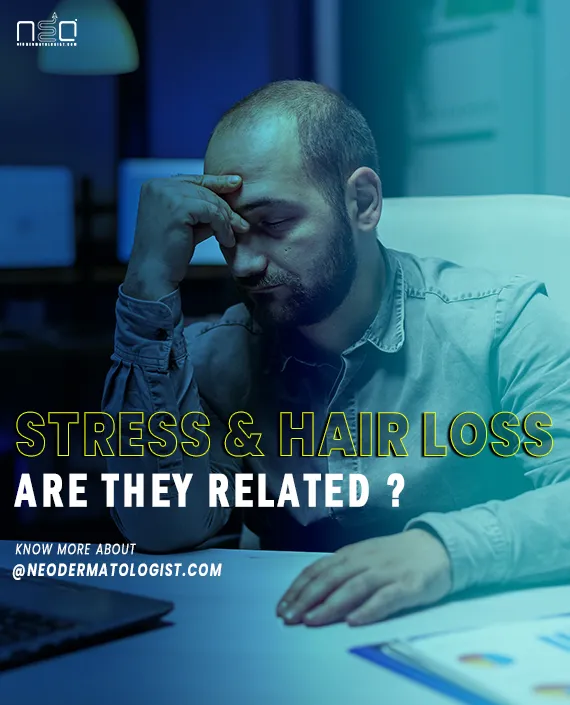
Everything you need to Know About Hair Loss symptoms & treatment
Hair loss, medically termed alopecia, can occur due to
various reasons including genetics, hormonal changes, medical conditions,
medications, or as a result of natural aging. Here's a comprehensive overview
of hair loss symptoms and treatment options:
Symptoms of Hair Loss:
Gradual Thinning on Top of the Head: This is the most common
type of hair loss, affecting both men and women. It usually starts with a
receding hairline and thinning at the crown.
Circular or Patchy Bald Spots: Some people experience
sudden hair loss in specific areas, often in coin-sized patches. This condition
is known as alopecia areata.
Sudden Loosening of Hair: A physical or emotional
shock can cause hair to loosen. This condition is called telogen effluvium.
Full-body Hair Loss: This can occur due to medical
conditions such as chemotherapy, autoimmune diseases, or as a result of
treatments like radiation therapy.
Causes of Hair Loss:
Genetics (Androgenetic Alopecia): The most common
cause of hair loss, particularly in men, is a hereditary condition called
androgenetic alopecia, or male-pattern baldness.
Hormonal Changes: Hormonal imbalances due to
pregnancy, childbirth, menopause, or thyroid problems can lead to temporary or
permanent hair loss.
Medical Conditions: Certain medical conditions such
as alopecia areata, scalp infections, or trichotillomania (hair-pulling
disorder) can cause hair loss.
Medications and Treatments: Some drugs used for
cancer, arthritis, depression, heart problems, high blood pressure, and birth
control can cause hair loss as a side effect.
Stressful Events: Physical or emotional stress can lead to
hair loss, though it's often temporary.
Treatment Options:
Medications:
Minoxidil (2% and 5%): Available over-the-counter, it's
applied to the scalp to stimulate hair growth.
Finasteride: A prescription medication for
men only, it's taken orally to prevent further hair loss.
Hair Transplant Surgery: This involves moving hair
follicles from areas of thick growth to areas of baldness.
Laser Therapy: Low-level laser therapy stimulates
hair growth in both men and women.
Platelet-Rich Plasma (PRP) Therapy: Involves
injecting your own blood into the scalp to promote hair growth.
Scalp Reduction: This procedure involves removing
sections of the scalp where there's no hair growth and stretching the sections
with hair over those areas.
Wigs and Hairpieces: Non-surgical options to cover up
hair loss.
Lifestyle and Home Remedies:
Healthy Diet: Ensure you're getting adequate
nutrients, particularly iron and protein, which are essential for hair growth.
Gentle Hair Care: Avoid harsh treatments such as hot
rollers, curling irons, hot oil treatments, and permanents.
Avoid Tight Hairstyles: Tight hairstyles such as
ponytails, braids, or cornrows can cause traction alopecia.
Manage Stress: Practice stress-reducing techniques
such as meditation, yoga, or deep breathing exercises.
Avoid Smoking: Smoking can contribute to hair loss by
damaging hair follicles and inhibiting circulation.
When to See a Doctor:
If you're concerned about your hair loss or if it's
accompanied by other symptoms such as itching, pain, or redness of the scalp.
If you're losing hair in an unusual pattern or at an
unusually young age.
It's important to note that not all types of hair loss are
preventable, but early treatment can often help prevent further loss and
promote regrowth. Consulting a dermatologist or a healthcare professional
specializing in hair loss can provide personalized recommendations based on the
underlying cause of your hair loss.
 Hin
Hin En
En





















Post a comment